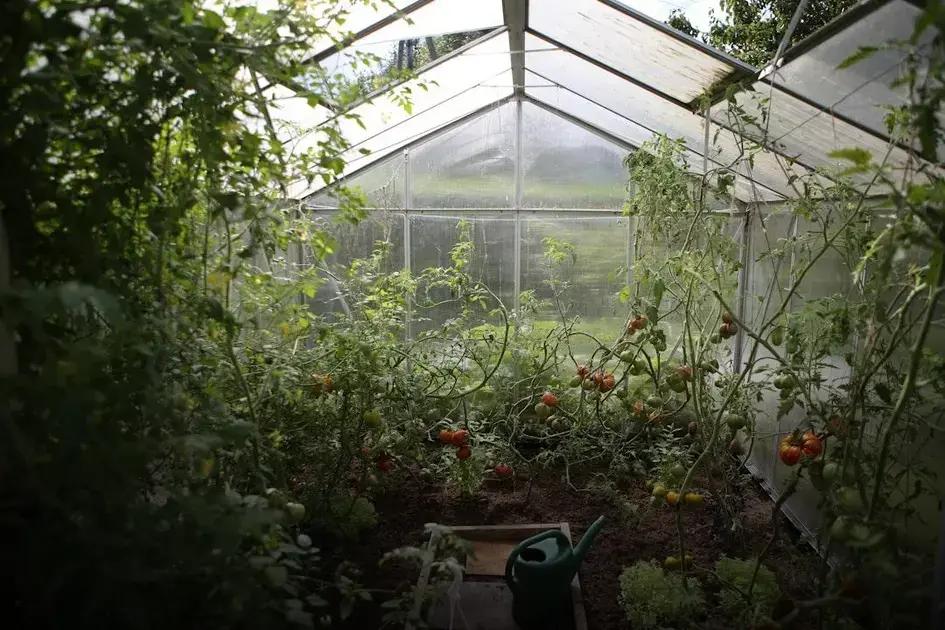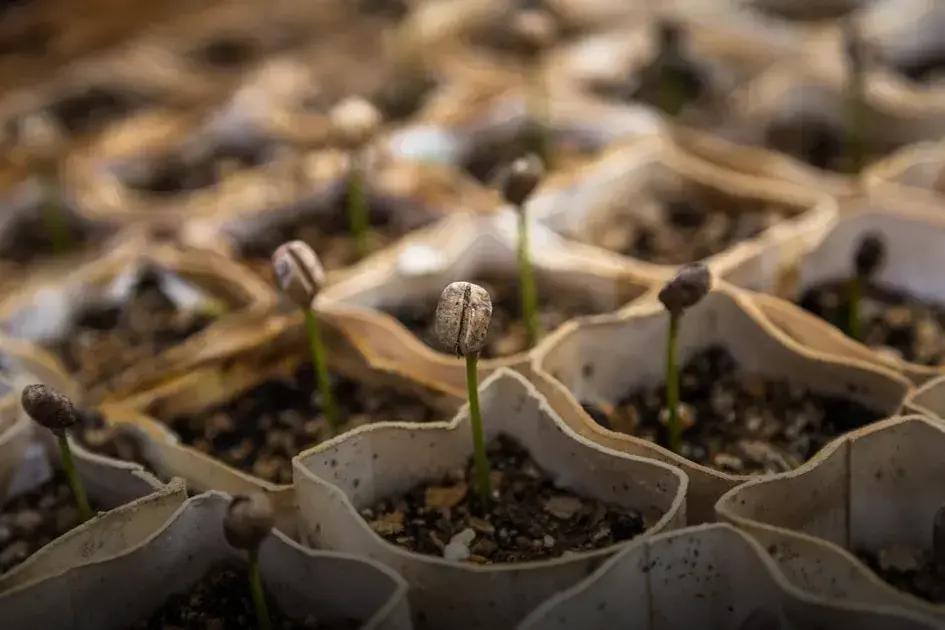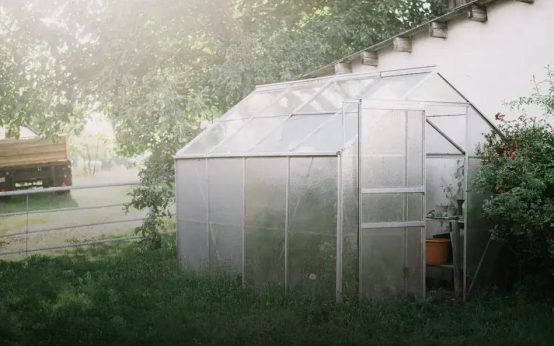Growing herbs indoors on your windowsill is a rewarding and simple way to bring fresh flavors into your kitchen. Whether you’re a gardening novice or an experienced green thumb, creating your own indoor herb garden can be practical and fun. By choosing the right herbs and following some easy steps, you’ll soon enjoy the benefits of fresh herbs all year round. In this guide, we’ll explore how to select the best herbs, what supplies you need, and how to care for your growing plants.
Choosing the Right Herbs for Indoors
When it comes to choosing the right herbs for indoors, it’s best to start with those that adapt well to indoor conditions. Herbs like basil, mint, and chives are excellent choices. They thrive in smaller spaces and can tolerate less-than-ideal lighting. Basil loves sunny windowsills, making it one of the top picks. Mint, on the other hand, can flourish even in low light, spreading its refreshing aroma around your home.
You might also consider rosemary and thyme. These herbs not only add flavor to your dishes but also enhance your indoor garden’s aesthetics with their lush green leaves. Both prefer bright spots but are quite forgiving if they don’t get full sun every day.
Another crucial point is to consider the climate you are in. If your home tends to be dry, opt for herbs like thyme and sage, which can withstand arid conditions. If you can maintain humidity, try cilantro and parsley, which prefer more moisture.
Remember, the success of your indoor herb garden largely depends on choosing herbs that match your indoor environment’s conditions. Assess your home’s lighting and temperature before deciding, and soon you’ll have a thriving garden right on your windowsill!
Essential Supplies You Need

To grow herbs indoors successfully on your windowsill, having the right supplies is crucial. First, you’ll need high-quality pots. Choose ones with good drainage holes to prevent overwatering. Additionally, select the appropriate soil mix. A well-draining soil, often labeled as potting mix, is ideal for herbs.
Investing in herb-specific fertilizers can greatly enhance growth. These provide essential nutrients that mimic outdoor soil conditions. A watering can with a narrow spout is helpful for precise watering, minimizing the risk of overwatering.
Don’t overlook the importance of temperature and humidity monitors. These help maintain optimal growing conditions. Lastly, consider purchasing labels or markers to identify your herbs easily, which is especially useful if you’re growing a variety. By having these essential supplies ready, you’re setting up your indoor herb garden for success.
Lighting Tips for Successful Growth
Effective lighting is one of the key factors in ensuring your indoor herb garden thrives. Most herbs require at least six hours of bright, indirect sunlight each day. If your windowsill doesn’t provide enough natural light, consider using grow lights. There are various types of grow lights, but LED lights are the most energy-efficient, promising a full spectrum at a low cost.
When setting up your grow lights, position them 12-16 inches above the herbs to mimic natural sunlight effectively. Ensure that lights are on for 14-16 hours daily to supplement the less sunny days.
Avoid Overexposure
Avoid exposing herbs to direct sunlight through glass, as it can scorch their leaves. If sunlight is extremely harsh, consider using a sheer curtain to diffuse it. This balance ensures that your herbs receive the light they need without the risk of damage.
Rotate your pots regularly to allow even exposure to light from all sides, promoting uniform growth and preventing the plants from leaning towards the light source. This rotation also encourages stronger stems and helps avoid leggy growth.
Watering and Care Guidelines

Watering your indoor herbs is crucial for their health. It is important to keep the soil slightly moist but not soggy. Overwatering can lead to root rot, while under-watering can cause the herbs to wilt. A good tip is to check the soil moisture by touching it with your finger. If it feels dry about an inch below the surface, it’s time to water.
Drainage is key when it comes to pot selection. Ensure your pots have adequate drainage holes. Additionally, using a well-draining potting mix helps prevent waterlogging, allowing excess water to escape easily.
Humidity levels impact herb growth. Since indoor air can be dry, especially during winter, consider misting your plants occasionally. Placing a shallow tray of water nearby can also increase humidity around your herbs.
Feeding is necessary for indoor herbs, which may not access nutrients outdoors. Apply a balanced liquid fertilizer every few weeks, but avoid over-fertilizing, which can harm your plants.
Caring for herbs involves regular pruning to encourage bushy growth. Pinch back the tips of plants like basil and mint to promote fuller growth.
Keep an eye out for common pests like aphids or spider mites. If you notice any, gently rinse the leaves with water or use an organic insecticidal soap.
Harvesting Your Indoor Herbs
When it’s time to harvest your indoor herbs, timing and technique are crucial. Most herbs are best harvested just before they flower, as this is when the leaves have the most intense flavor. For example, if you’re growing basil, look out for budding flowers and snip leaves from the top of the plant to encourage bushier growth.
Use clean, sharp scissors or pruning shears to make clean cuts and preserve the plant’s health. Never remove more than one-third of the plant at once, as this can stress the plant and reduce its overall productivity.
After cutting, wash the herbs gently under cool running water to remove any dust or pests. Pat them dry with a clean towel or let them air dry on a cloth. Fresh herbs can be used immediately in your cooking for the best flavor.
Preserving Herbs
If you have more herbs than you can use fresh, there are several ways to preserve them. Drying is a simple method; hang small bundles of herbs upside down in a warm, dry place away from direct sunlight. Once the leaves are completely dry and brittle, you can store them in airtight containers.
Freezing is another effective technique. Chop the herbs and place them in ice cube trays with a bit of water or olive oil, and freeze. This way, you can pop out a cube whenever you need to add flavor to your dishes.
By understanding the best practices for harvesting and preserving, you can ensure a steady supply of flavorful herbs year-round.


 Harvesting Herbs: Secrets for Best Flavor Timing
Harvesting Herbs: Secrets for Best Flavor Timing  Tips for Growing Tomatoes That Produce Fruit Effectively
Tips for Growing Tomatoes That Produce Fruit Effectively  Companion Planting: Discover Plants That Thrive Together
Companion Planting: Discover Plants That Thrive Together